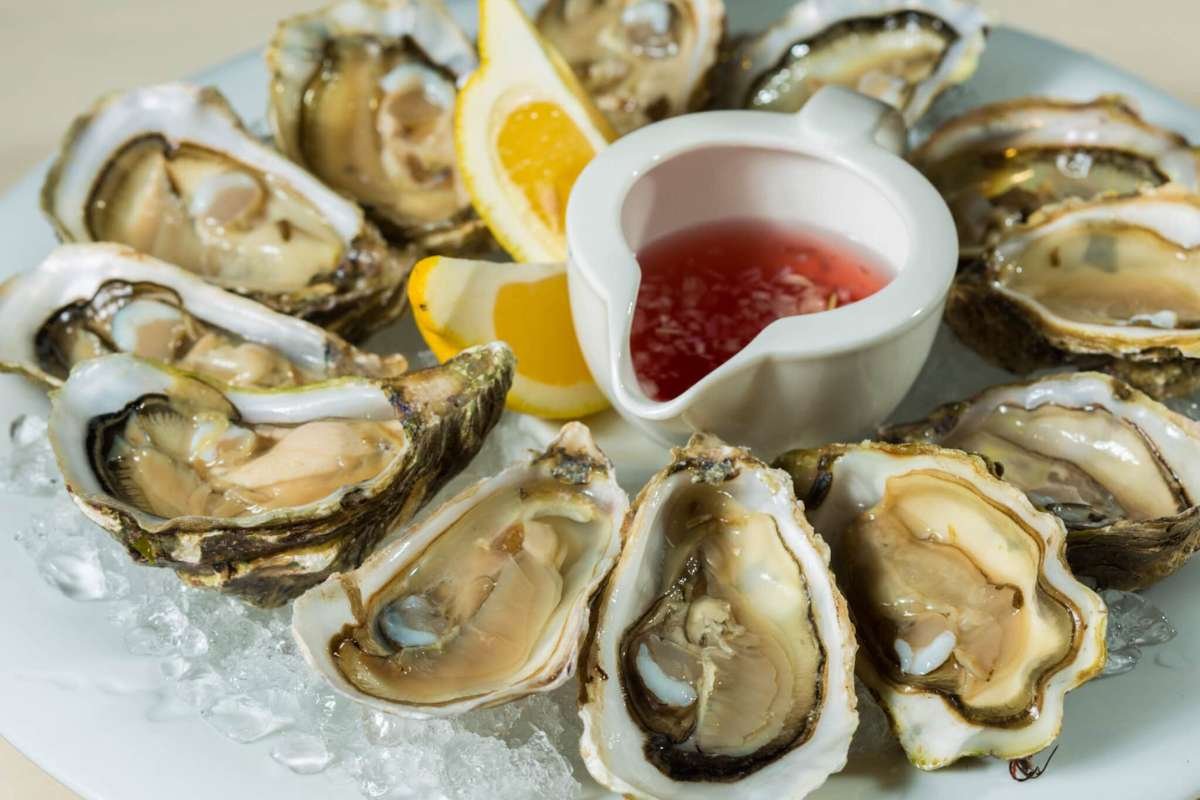Starting a Food Business, like any other, has both perks and problems.
The worldwide epidemic has created a surge in the number of people visiting restaurants, pubs, and other culinary facilities. Although most food companies have changed their attention to curbside pickup and delivery, restaurant revenues are predicted to climb 15% by 2021.
The impending boom is good news, but one of the most difficult aspects of starting a Food Business is determining where to begin. That is why we designed this checklist to assist you in locating the resources you need to grow and get off on the right foot.
Here is Everything you should know before starting a Food Business;
1. Create a business strategy
Writing a business plan is the first and most critical step in beginning a food company. The following should be included in starting a Food Business:
- Your company’s legal structure. Do you operate as a sole proprietorship? What is a general partnership? Maybe a Limited Liability Corporation (LLC)?
- Your Starting a Food Business idea. Will you open a quick-service restaurant? Is there a full-service restaurant and bar? Or how about a food truck?
- Your brand, logo, and name. You must decide how you will build a brand that your consumers will use to identify your goods.
- Your intended market. What kind of customers will be drawn to your company based on your idea and pricing point?
- Choose an appropriate location. What area offers the greatest chance for a sustained market share if you don’t currently have a site for starting a Food Business? What type of competition will you encounter in a certain field?
- Your financial situation. A spending plan for items like inventory (food and beverages), labor, rent, and utilities.
- Your menu and budget. What foods, drinks, or baked products will you provide, and how much money will you make from your meals?
- Your personnel planning. How many staff will you recruit initially, and how will they be divided into management, front-of-house, and back-of-house roles?

These are just a handful of the questions you’ll need to answer in order to create a business plan. The specifics of your strategy will depend on the sort of food company you want to launch. Here are some straightforward, easy-to-use business plan templates to get you started with drafting and arranging your material.
2. Purchase your equipment
One of your most significant initial costs will almost certainly be a bakery, coffee shop, or restaurant equipment. Before you open your doors, you’ll need to acquire or rent everything from ovens to cutlery. These are some of the things you’ll need for starting a Food Business:
- Ovens, stoves, grills, fryers, and microwaves are examples of kitchen appliances.
- Ice machines, walk-in freezers, and refrigerators are examples of cold storage equipment.
- Countertops, chopping boards, steam tables, and cold food tables are examples of work surfaces.
- Smallwares such as sauté and frying pans, lidded sauce pots, and baking sheets
- Tongs, ladles, and a decent knife set are examples of kitchen utensils.
- Front-of-house silverware, as well as napkins, tablecloths, and placemats.
- Barware and glassware
- Tables, chairs, a host stand, and décor are examples of furnishings. Check that you can rearrange your furnishings to meet any distance or capacity constraints.
- Supplies for curbside pickup and delivery, such as bags and drink holders.
Remember that every restaurant is unique. As a result, no two restaurants will have the same exact equipment checklist, but this will get you started.
3. Form your team
Each food company model has unique labor and personnel requirements. For example, if you want to establish a food truck, you’ll probably be the only one or two individuals.
A full-service restaurant, on the other hand, will need a handful of servers and bartenders (over the age of 18 if alcohol is offered), as well as a full kitchen crew, a trio of hosts to welcome visitors, and busboys to clean up after them.

People in the food service business routinely change jobs, so job hopping isn’t necessarily a negative thing. That being said, before hiring an employee, do comprehensive interviews and check references to ensure there are no big red flags.
Here’s a quick rundown of the types of stuff you could require based on the sort of food company you’re beginning.
- Bakery employees include cashiers, bakers, baristas, and kitchen personnel.
- Cashiers and baristas are needed in a cafe.
- Cashiers and chefs for a food truck
- Cashiers at the Juice Bar
- Cashiers and ice cream scoopers work at an ice cream shop.
- Full-Service Hosts, waitstaff, bussers, bartenders, barbacks, dishwashers, prep cooks, line cooks, and managers work at restaurants.
4. Get all necessary licenses and permissions
It is more necessary than ever to comply with relevant health and safety requirements, as well as other food service laws. Although all companies need licenses and permissions to function, the food service sector is extra stringent due to the items that are consumed. The following is some of the documentation you may need to conduct before starting a Food Business.
- For tax reasons, a Federal Employer Identification Number (EIN).
- A municipal, state, or provincial business license
- A state, provincial, or municipal food service license is required for starting a Food Business.
- A Certificate of Occupancy (CO) certifies that your restaurant is safe for guests to use.
- If you just want to serve beer and wine, you’ll need a tavern license.
- A liquor license is required for individuals who want to offer hard liquor in cocktails.
- If you want to have a dance floor, you’ll need a cabaret license.
Remember that various restaurant ideas are also subject to different restrictions. Food trucks, for example, need a distinct food service license since they are mobile. In all circumstances, your local government will be in charge, so pay attention to (and teach your personnel to observe) food service health and safety procedures.
5. Install your point-of-sale (POS) system.
A POS that smoothly connects with online ordering to let you provide delivery and curbside pickup has become a need in today’s society. A decent restaurant POS should be able to print tickets, handle both in-person and online orders, keep customer tabs open, divide checks, change table arrangements, and accept payments from anywhere.

Many POS systems also provide comprehensive analytics and reporting, allowing you to rapidly discover patterns and make necessary adjustments to your employees or inventory. These technologies may help your company function more effectively and expand more quickly.
POS systems, like everything else on our checklist, differ depending on the sort of food service you want to create. A quick-service POS, for example, will have different features and capabilities than one for a full-service restaurant or bar. It is your responsibility to study and choose one that best matches your company strategy.







